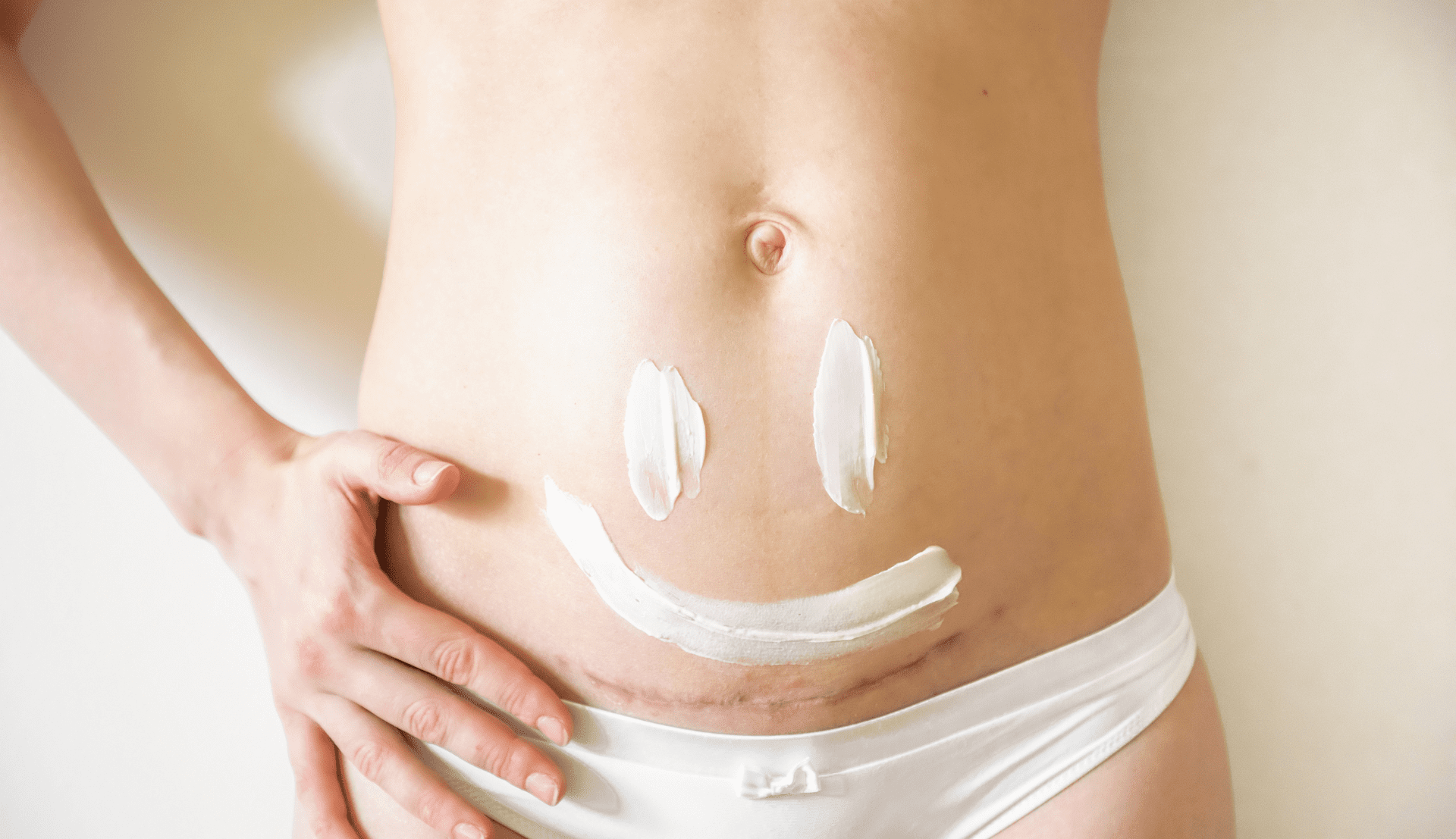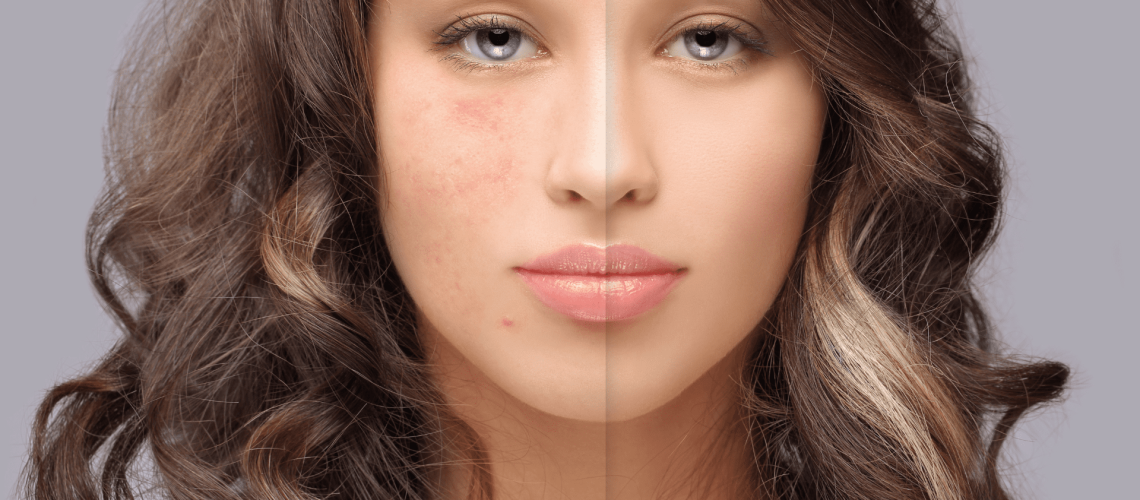Scars are the body’s natural way of healing and replacing lost or damaged skin. The slot will appear as the body heals. The body produces tissue to fill gaps and heal damaged skin caused by injuries. Scars can be of any size and shape. Accidents, burns, surgery, acne, and illness can cause it. Most scars fade over time. With multiple treatments, scars will become less noticeable.
Skin is a delicate, cloth-like, seamless organ that protects your valuable assets. Imagine a piece of silk. Even a small tear can make a big difference in appearance. And the same applies to the skin. Trauma such as burns, injuries, and surgery can leave scars.
Scars of various types and sizes form. Some spot are large and uncomfortable, while others are barely noticeable. People with red hair and dark skin, especially those of African, Asian, and Hispanic descent, are at increased risk of developing keloid scars. A raised scar, a so-called keloid, forms on the outside of the injury site.
Scars are a natural part of the body’s healing process and are formed during the final stage of wound healing, the so-called remodeling stage. Accidents, illnesses, skin conditions. There are many injuries that can cause scars to form. Spot are a natural part of the body’s response, and while some may never completely disappear, many people wonder if there is anything they can do to minimize scarring.

Dermabiotecnica multirepair cream & Dermabiotecnica Gold Multirepair can effectively remove acne, promote cell regeneration, and effectively treat scars left by trauma, burns, wounds, etc.
Different Types of Scars
There are different types of scars, depending on the cause of the injury and how the body reacts. The most common scar types are:
Fine slot– This type of scar is common after wounds or surgery. They usually appear as raised lines that fade over time.
Keloid – When the body produces too much collagen, the tissue overgrows and can continue to grow even after the wound has healed.
Hypertrophic – also occur when the body produces too much collagen. However, hypertrophic slot remain within the wound boundaries.
Dimple scars – Occur when the underlying fat and muscle that support the skin are lost. It can also occur after surgery or from certain skin conditions, such as chickenpox or acne.
Scar contracture – Scar contracture is common after severe burns.
Stretched – Occur when the skin stretches faster than normal. For example, if there is a wound near the joint. A growth spurt or pregnancy can also cause such spots.

Medical remedies for getting rid of scars
There is no known way to completely remove scars, but many fade naturally over time.
There are also several treatment and over-the-counter (OTC) options available to help reduce scarring.
Silicone gel or sheet
Silicone gels and sheets can be used on healing skin, but not on open wounds. These are soft, flexible gels or films that are applied like adhesive bandages. It is said to soften the skin and help smooth scars. If worn daily, it can be washed and reused for up to 3 months. No prescription required. Available over-the-counter at your local store.
Steroid
Corticosteroid injections can help treat certain types of scars, such as: Effective for thick scars and keloid scars.
They are injected directly into scar tissue to relieve the itching, redness and burning sensation caused by these slot. It cannot be used on other types of scars, as direct injection into shallow slot may leave permanent depressions. Injections reduce swelling and smooth scars. Injections are usually given several times over several months.
Laser therapy
Laser treatments, also known as laser skin resurfacing or laser scar revision, target blood vessels that can reduce the appearance of scars.
While this won’t completely remove the scar, the pulse of light will flatten the scar, reduce redness, and reduce pain and itching. Laser treatments are performed by a doctor or beauty professional.
Dermal filler
Injectable dermal fillers are gel-like substances that are injected under the skin.
These are usually composed of hyaluronic acid, a substance that exists organically in the body. It may be used to plump up sunken scars, such as those with deep acne scars.
Dermal fillers are injected by a doctor or a cosmetic or dermatological professional.
Chemical peeling for Scars
Chemical peels can be used to treat minor scars. The chemical solution dissolves the outermost layer of skin to increase cell turnover, revealing smoother, less uneven skin.
This treatment is more effective in people with lighter skin tones. Cosmetologists usually do chemical peels.
If you have dark skin, a glycolic acid peel may be more effective. Azelaic acid is also suitable for treating acne spot and pigment spots on the face.
Exfoliants make the skin very sensitive to light and ultraviolet (UV) rays, so be sure to use sunscreen daily and reapply after sun exposure, regardless of skin tone. .
Subcision
Subcision is another popular cosmetic treatment used to treat acne spots. A small needle is inserted into the skin to peel the scar away from the underlying tissue.
This works especially well for sunken or recessed scars.
This will lift the skin and reduce the appearance of acne spots. It is performed at beauty clinics and dermatology clinics.
Punch resection
It is an acne spot treatment that uses a surgical instrument that matches the size of the scar.
As the name suggests, the scar is excised with an instrument and sutured.
Microneedle for Scars
Microneedles can be used for many types of scars. As the name suggests, this treatment uses microneedles to pierce the skin and create microchannels. This stimulates collagen production, which helps rebuild the skin and reduce scarring.
Aesthetic and dermatology clinics usually offer microneedle treatments.
Medicated cream
Depending on the type of scar, your doctor may prescribe a cream. Some prescription creams are more effective than over-the-counter creams. These products often contain powerful retinoids or topical steroids to reduce itching and swelling.
OTC cream
There are plenty of OTC options as well. These creams do not contain prescription active ingredients but instead contain other alternatives aimed at reducing the size and appearance of slot and reducing redness and itchiness.


